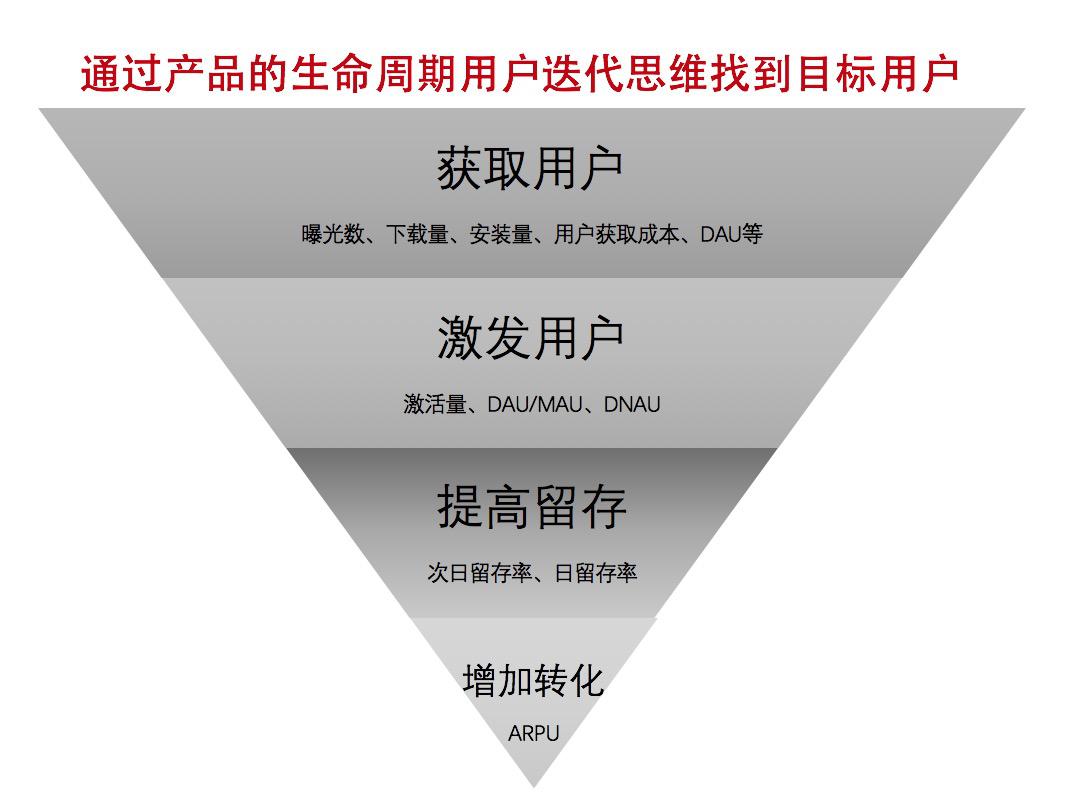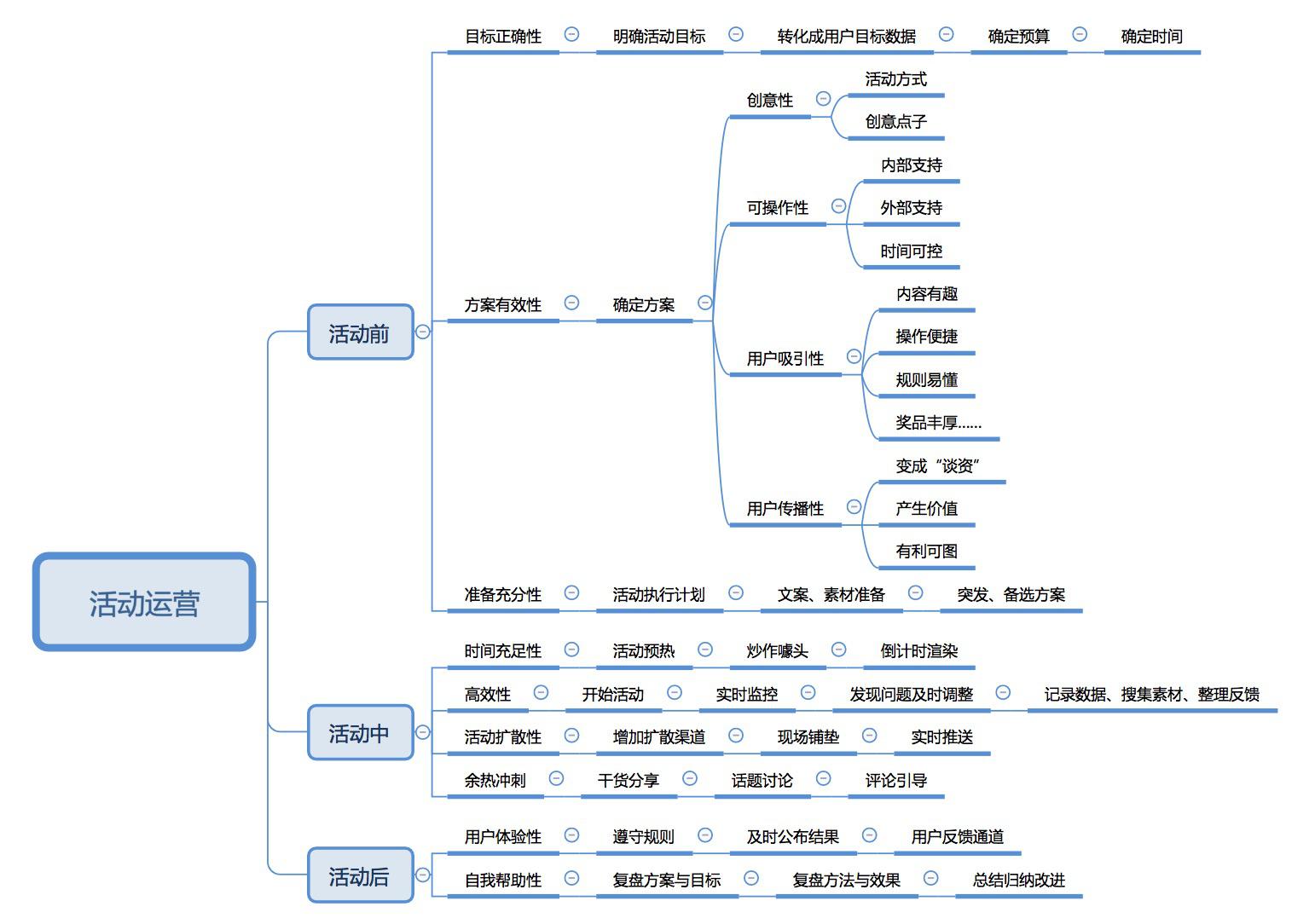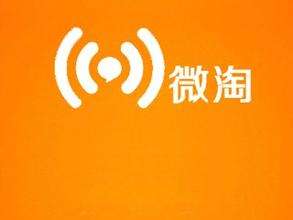After 15 years of rapid development, Taobao's golden age has gradually come to an end.
With the change in consumer tendency, the increase in Taobao stores' own operating costs, the increase in consumer time costs, and the rise of major vertical e-commerce platforms, Taobao is increasingly showing its inability to do so.
This is also the current situation facing the entire e-commerce industry: fragmented traffic, dispersed users, high customer acquisition costs, and difficulty in attracting new customers. Entering the post-e-commerce era, no matter whether you are operating your own app or entering a third-party platform, you will inevitably have to do one thing - operation.
For countless sellers, the post-e-commerce era is an era of heavy operations. The strength of the operation directly determines the survival of the enterprise. Since there is too much content involved in the operation field, the following editor will share some experiences on the most important user operation and event management in operation.
1. User operation
Many people do not have a good understanding of user operations and do not have an authoritative definition. My own understanding is that user operations mainly include these aspects:
1. User-centered;
2. Formulate operation strategies and operation goals;
3. Planning, organization, implementation and control of the operation process;
4. Data analysis.
Expanding it, it is to solve these problems: Where do users come from? What channel did you come from? Who is the user? What are you needed? How to increase user stickiness, etc.
User operation has four important cores, namely:
a. Open source (pull new customers);
b. Rust (prevent user churn and user churn recovery);
c. Maintain (retention of existing users);
d. Stimulation (promote user activity and even conversion to paid users).
Based on the above content, I divide user operations into four levels and four periods, namely: ordinary users, active users, loyal users and professional users (kols).
Ordinary users
Definition: Users who have logged in recently, but rarely contribute content or interactions;
Function: A large number of content consumption users are the base of effective users of the entire product and the source of active users;
Operation method: Filter and convert to active users through universal online activities (such as Douban’s group, topic discussion, sharing of practical information, etc.).
Active users
Definition: A hardcore fan with high brand loyalty is also a high-frequency user;
Function: Energize the atmosphere, promote the old and lead the new, is a cheering group that contributes to users, and is the main force in content consumption and interaction;
Operation method: mainly planning online activities with high participation and physical rewards, supplemented by benefits and privileges.
Loyal users
Definition: A person who is quite dependent on brands and products and is very familiar with them;
Function: to produce high-quality content with credible sources or professional endorsements;
Operation method: meet personal brand needs and enhance its influence in the industry. Such as likes, tops, points that are accentuated, priority display, etc., which are differentiated from ordinary users.
Professional user ( kol )
Definition: Users who may have deep industry development in their professional fields and have a certain influence and voice in the industry;
Function: Enhance brand awareness and authority;
Operation method: Rely on connections or material resources to enhance Kol's influence and popularity, and establish brand appeal in a certain professional field.
Any company will be troubled by operations, especially for attracting new products. The most important thing is to mobilize users' sense of participation through development at each stage. The editor takes Zhihu and Xiaohongshu as examples and gives two examples.
As we all know, Zhihu adopts an invitation system before opening, and the professional answers of seed users have formed Zhihu's unique community atmosphere, that is, letting professionals participate (such as Kai-Fu Lee, Xiaoping Xu, Jun Lei, Keso, etc.), which is also a user-driven, improving the product mechanism, so that high-quality answers can be settled. In a revision of Zhihu, Zhihu revised the user's timeline from past topic dynamics to user dynamics, causing an uproar. This also indirectly reflects that users are very concerned about Zhihu's dynamics.
After the product matures and has a certain user base, Zhihu began to turn to professional content operations, and began to invite some knowledge experts and topic enthusiasts in the industry to answer questions, and gradually lower the threshold (such as Zhihu column) to allow more users to participate.
Most e-commerce users are like Xiaohongshu platform:
• Mainly female. Women prefer shopping and prefer to buy cheaper luxury goods and high-quality goods abroad than in China.
• The age is concentrated between 20 and 35 years old. People in this age group are in a stable career period and have strong purchasing power. The younger users have just started working and their income level is not enough to support the consumption of high-end products; the older users (born in the 1960s and 1970s) have failed to cultivate the habit of purchasing high-end products due to the influence of the times.
• Occupational distribution includes white-collar workers, civil servants, and international students in big cities. White-collar workers and civil servants in big cities have a good income foundation and pursue quality of life; overseas students are the main force in producing shopping notes, and they are more familiar with overseas products and are more willing to share.
User portraits include: specific age, group, and hobbies, including usage time, active time, usage frequency, click count, reading classification, purchase value, purchase frequency, purchase type, willingness to check in, event participation frequency, etc.
In the above process, if a product wants to enter the market, you must be clear about these 5 points:
• a. Who is your user (user iterative thinking in the product life cycle)
• b. How to get users in? (Luck new - DNU)
• c. How to make users come frequently? (Promotion-DAU)
• d. How to retain users? (Retention-Retention Rate)
• e. How to make users pay? (Conversion-ARPU)

Because of the limited space, I will mention two points here.
1. How to attract new products: reduce thresholds, user segmentation, activity guidance, content guidance, and reward mechanisms.
2. How to make users come often: build a user growth system; 2. Establish a user incentive system; 3. Make good use of users' sunken old books.
2. Event operation
Event operations are divided into online and offline activities, which are a purposeful means of user growth or conversion carried out by enterprises within a certain period of time. The following editor mainly talks about online event operations.
One thing to emphasize here: we can come up with countless activities, but the more activities, the more frequent the better. Too frequent activities will cause users to become tired, and at the same time it will increase our own workload, and at the same time it will accumulate a lot of invalid users, such as WeChat operations.
The principle is: either don’t do it, and if you want to do it, you can make a hot product!
I divide the activities into these parts: activity preparation, activity planning, activity execution and activity summary, namely: before, during and after the activity.
Eventually, activities are all about users and content. To a certain extent, event operations are an extension of user/content operations! So basic skills are very important!
Any activity operation is nothing more than these purposes: basic demands - brand communication; sales-oriented; improving user stickiness (increasing pink), and cultivating user habits.
These three factors need to be considered when doing an activity:
1. All activities must consider brand factors;
2. Budget must be considered, but not having a budget does not mean that activities cannot be performed;
3. Everything is in line with the results and you need to have a clear judgment on the direction of the activity.
Before entering the topic, you must have a clear goal and effective solution. It is best to quantify clear goals, such as:
Convert the target into user data goals (such as clarifying how many new people to attract, how many people to promote vitality, etc.);
Budget dataization (determine how much it costs);
Time digitization (determine how much time it needs to be converted).
An effective activity plan is the most core thing in activity operation. An excellent activity plan should include these two aspects:
1. Creative planning of the event
1. The most critical factor;
2. Do not violate the ultimate purpose of the activity;
3. You need to cater to the appropriate user base;
4. At the same time, ensure sufficient participation threshold;
5. Innovate and combine with current hot topics;
6. Consider dissemination;
7. Give full play to the power of users.
2. Activity document
1. The importance of the title (half of success).
2. Promotional pictures; they must have a sense of visual impact and make people shine.
3. Activity background; the reasons for the activity should be attractive.
4. Activity rules; simple and transparent.
5. Activity time; do not have too long periods, otherwise it will be easy for everyone to forget.
6. Selection rules; ensure relatively fairness, convincingness, and punish vote swiping and violations.
7. Award settings: Ensure the interests of most people, pay attention to the quality of the top winners, and whether the prize is worth it.
8. Notes: Detailed description of the activity.

Regarding creativity, we can imitate some relatively mature and effective methods in the market, such as subsidy reduction, hot promotion, full reduction and increase, group buying, special interaction, prize betting, voting, H5 mini games, etc. Pechoin and Durex are both outstanding representatives.
If you want to get support from colleagues in the communication, product technology and other departments, you need to clearly explain the purpose, cycle, expected results, budget, and risks of the event when applying for the project.
In order to maximize the communication benefits, you can call more available external resources, or spend money to buy some KOLs and self-media marketing accounts.
During the execution process, it is especially important to pay attention to the adequacy of time. It is mainly reflected in two points: one is the "preheating" part, and the other is the "sweet heat".
( 1 ) Add the " warm-up " part of the activity
• You can create some gimmicks and topics early in the event to get users to start discussion.
• You can repeatedly stimulate users in the countdown method during the countdown days of the event to enhance their expectations for this event.
Event highlights: Discover the highlights and details of the event, find and hype and promote, and use people and things to hype and promote the event itself.
( 2 ) Enhance the " residual heat " part of the activity
• Summary of this activity and write it into pictures and texts to share it with users.
• Record interesting people or things that happen during the event and share them in a timely manner.
• Conduct timely communication and discussion on some feedback and suggestions from users during the event, and even a new round of activities can be derived.
Any event or marketing has a time node, with warm-up period, explosion period and recession period. In order to continue the popularity of the event, two to three waves of media communication are usually performed to ensure high efficiency during the event. The following must be done:
(1) Real-time tracking and pay attention to abnormalities
During the event, you must ensure a high concentration to ensure the smooth progress of all links and always be vigilant against abnormal situations. Keep an eye on the development of the activities every day, pay attention to the status of the users, constantly correct the details of the activities, and ensure expectations. Extract high-quality works and capture high-quality users.
(2) Discover problems, optimize and adjust them in a timely manner
If a problem is found, you should make adjustments immediately according to the plan. If there is no plan, you should also make a quick decision based on the current actual situation to prevent the problem from amplifying. Especially some market public opinion, legal negligence and technical cheating loopholes.
(3) Record data in a timely manner, collect materials and organize some feedback information from users
This is also very important, laying the foundation for the subsequent "remaining heat" part and the work efficiency during the review.
In order to maximize the effect of the event, we should pay attention to: 1. Strong cooperation among various channels (such as live broadcasts, videos, WeChat groups, forums, etc.); 2. Fully prepare materials and copywriting, and target different copywriting on different platforms (such as: Moments, Weibo, Weitouts, Zhihu, etc.); 3. Adjust the communication strategy in real time according to user participation; 4. At the right time, use kol to speak out and comment guidance to increase users' enthusiasm for participation.
To ensure that a thing is fully prepared, it can generally be considered through the three dimensions of people, things and things, namely, the personnel's respective division of labor, the preparation of item prizes, Q&A customer service personnel, and corresponding emergencies.
like:
1. Ensure that various design materials, materials, etc. are in place in time, and online must be ensured to be launched in time.
2. Formulate a detailed "Activity Implementation Plan", what to do at each stage, the expected goals, etc.
3. Prepare the "Emergency Options" as much as possible. It is best to have plans A\B during the implementation process, and there must be relevant response plans for various emergency situations. Be sure to win a thousand miles away and plan in the tent. Even if you cannot, you must keep the risk to the minimum range.
In short, during the event, you need to master these points:
a. Time adequacy: The longer the activity, the better the effect it produces.
b. Efficiency in time: The higher the efficiency of the activity, the better the effect it produces.
c. Activity diffusion: The stronger the activity diffusion, the more users it can cover.
When planning an event, as a company, the two things that matter most: one is the number of brand exposure, and the other is the conversion of the effect brought by the event (how many new users are added and how many new orders are added), so how to increase the bargaining chips for the event success? I thought of these points:
1. Take advantage of the situation: combine current hot topics, festivals, online figures, etc.;
2. Borrowing power: resource exchange, platform intermodal transport, cross-brand cooperation
3. Work hard on details: prizes (change, borrow, sponsorship, etc.), judges, interactive link settings
4. Before the competition user: Don’t wait until the competition starts before the operation. Before the event begins, people should have found them in advance.

Finally, let’s talk about the precautions for the event. Doing activities is not to make a sense of presence or add some zombie fans, but to gain some high-quality target users at a low cost. Here are some experiences:
1. Event operation is actually an explosion point where daily operation work has accumulated to a certain extent;
2. The activities should not be superficial, but focus on the core links and key details (how to participate, what are the benefits after participation);
3. Activities are made. "The activity is sent out and the user is waiting for the participation" is undesirable;
4. Prizes do not represent all;
5. Grasp the user's psychology and think from the perspective of others. What would you do if you were a user?
6. Quality is more important than quantity;
7. Do as few activities with low thresholds (such as grabbing buildings) as possible;
8. Action is more important than theory. Learn more, practice more and summarize more!
I hope that after mastering the essence of event operation, everyone will avoid detours, or do not do it, and do the best you want!





![#Laogao E-commerce Newsletter# [E-commerce Evening News on July 30]](/update/1627637005l917927756.jpg)



 EN
EN CN
CN
